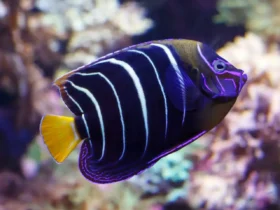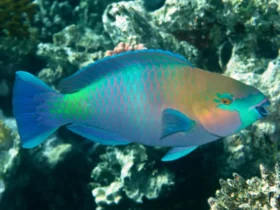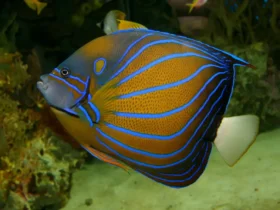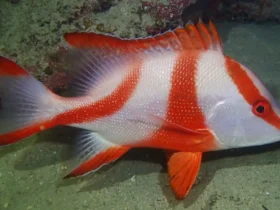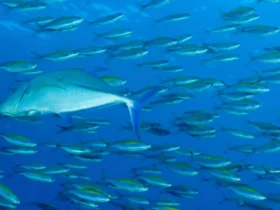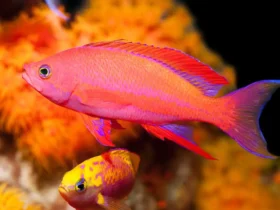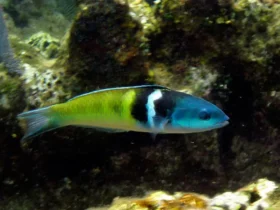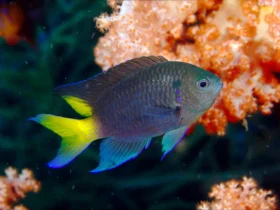Zebra danios (Danio rerio) are among the most popular and captivating freshwater fish species in the aquarium hobby. With their striking black and white striped patterns and active swimming behavior, zebra danios have won the hearts of fish enthusiasts around the world. In this article, we will explore the fascinating world of zebra danios, discussing their characteristics, care requirements, and the joy they bring to aquarium enthusiasts.
Zebra Danio images

















Appearance and Behavior
Zebra danios are small, lively fish known for their distinctive appearance. They have elongated bodies and horizontal black and white stripes that extend from their head to their tail. These bold stripes give them a zebra-like appearance, hence their name. Zebra danios are schooling fish, which means they thrive in groups of six or more individuals. When kept in a group, they exhibit fascinating social behavior, constantly darting around the aquarium and engaging in playful interactions with their tankmates.
Hardiness and Easy Care
One of the reasons zebra danios are popular among both beginner and experienced aquarists is their hardiness and easy care requirements. They can adapt to a wide range of water conditions and tolerate fluctuations in temperature and water parameters. Zebra danios are considered a good choice for novice aquarists due to their resilience and ability to withstand less-than-ideal water conditions. However, it’s important to provide them with a healthy and well-maintained aquarium environment to ensure their optimal health and well-being.
Aquarium Requirements
Zebra danios are relatively small fish, reaching an average size of around 2 inches (5 centimeters). As active swimmers, they require a tank with ample swimming space. A 10-gallon (38-liter) aquarium is generally considered suitable for a small group of zebra danios, but larger tanks are recommended for larger groups or to provide more swimming room.
A well-functioning filtration system is essential to maintain good water quality, as zebra danios are sensitive to ammonia and nitrite levels. They prefer a slightly acidic to neutral pH range of 6.5-7.5 and a temperature between 64-75°F (18-24°C). Decorate the tank with live plants, driftwood, and rocks to provide hiding spots and create a natural-looking environment. Additionally, zebra danios appreciate open areas for swimming, so leave ample space in the middle of the tank.
Feeding and Compatibility
Zebra danios are omnivorous and will readily accept a varied diet. They can be fed high-quality flake or pellet foods designed for tropical fish. Supplement their diet with occasional live or frozen foods like brine shrimp or daphnia to provide essential nutrients and promote natural foraging behavior.
When it comes to tankmates, zebra danios are generally peaceful and can coexist with a variety of community fish. Avoid keeping them with fin-nipping species or larger predatory fish that might view them as food. Compatible tankmates can include other peaceful community fish like tetras, guppies, or rasboras.
Breeding and Reproduction
Breeding zebra danios in captivity is relatively easy. They are egg-layers and prefer to spawn in a separate breeding tank with suitable conditions. Provide fine-leaved plants or spawning mops for the females to lay their adhesive eggs. After spawning, remove the adult fish to prevent them from eating the eggs. The eggs typically hatch within a few days, and the fry can be fed infusoria or commercially available liquid fry food until they are large enough to consume crushed flake foods.
Zebra danios are captivating aquarium fish, renowned for their striking appearance, lively behavior, and easy care requirements. Their zebra-like stripes and playful

